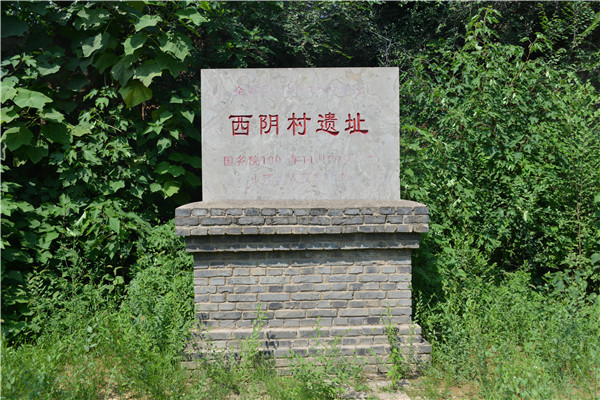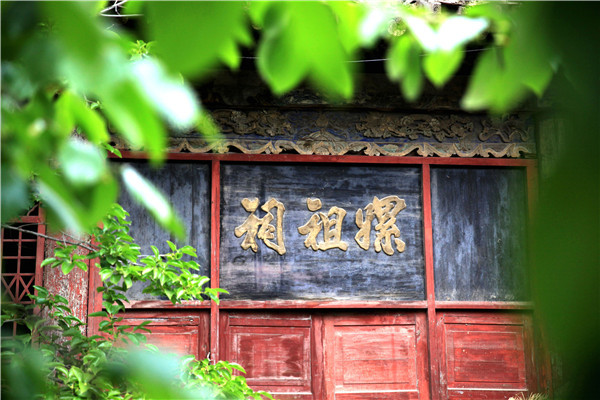
China, known as the country of silk, is the hometown of silk industry since ancient times. The city of Yuncheng is the birthplace of China’s silk industry. It is said that five thousand years ago, there was a beautiful girl named Lei Zu in Xiling (Xiyin Village in the county of Xia). She was intelligent and smart. She often went to the wild to gather wild fruits, and found many mulberry trees growing in the vast field. On the trees, there was an insect that could spin silk for cocooning (that is, the wild silkworm). Silkworms fed with mulberry leaves spin silk cocoon, and then drill out the cocoon shell and were turned into moth. When Lei Zu discovered that this cocoon shell was soggy, she slipped it on a stick and tore the twine with her hands to pull out long silver threads, which she called silk. Later, she was inspired by the spider’s web and wove silk into cloth. People called it silk. From then on, silk replaced leaves and skins and was made into people’s clothes.
Therefore, Lei Zu was praised for curing silk cocoon to make clothing. The news of Lei Zu's breeding silkworms soon spread as the ancestors settled down in the eastern part of the river. In order to obtain cocoons, people learned sericulture techniques from Lei Zu and creatively fed them indoors. Lei Zu raised silkworms for reeling and taught people how to raise silkworms, which made great contributions to the mankind. Later, when the young and brave Yellow Emperor heard about Lei Zu's deeds, he fell in love with her and took her as his wife. It is recorded in the Annals of the Five Emperors. Xiyin village in the county of Xia has boasted a temple called Xian Can Niangniang Temple in honor of Goddess raising silkworms, but the statue of the Goddess was later destroyed in the war. People in the County of Xia and its surroundings are very familiar with the story of Lei Zu and have been keeping the habit for raising silkworms.

In 1926, Chinese archaeologists unearthed half of the artificial cocoon specimens in Xiyin village which was the heritage site of Yangshao culture. The specimen, which was transported to Taiwan by the Kuomintang government on the eve of liberation, is now in Taiwan Palace Museum. In 1986, a Japanese scholar, Shotaro Busumu, according to the photo of half cocoon shell provided by Taiwai Palace Museum, used the silk threads to copy and restore it, and learned that the cocoon was 1.52 cm long and 0.71 cm wide, and the remaining part of the cocoon shell accounted for 83% of the whole cocoon. The section of the cocoon shell was flat and luminous, which proved that half of the cocoon shell excavated by Xiyin was cut manually. This research still proved that this cocoon was wild silkworm. This half silkworm cocoon and the research are the evidence that people living the area of Hedong were able to rear silkworms in an artificial way.
In ancient times, the rulers attached equal importance to the silk industry and the farming industry. The idiom if a woman fails to grow silkworms, she may suffer from cold reflects the importance of the ancient people attached on sericulture. The poem the silkworm stops weaving till it is dying is often used to praise those who have the spirit of dedication. Nowadays, Tibetan, Mongolian and other ethnic minorities also use silk objects (i.e. hada) to express their respect and congratulations in greeting, presenting, worshipping and their daily communication.
Since the Han dynasty, along with the melodious camel bells on the Silk Road, Silk-cored Chinese clothing culture were spread to the distant west. The world began to know the ancient and mysterious China by a bright and soft string of silk which connects the east and west parts of the world. Up to now, the cities of Suzhou and Hangzhou in south China export to the Southeast Asia the silk still marked "Xiyin" brand. In spite of the rapid development of the scientific technology and chemical industry, the modern silk is dwarfed by the ancient silk technique.


